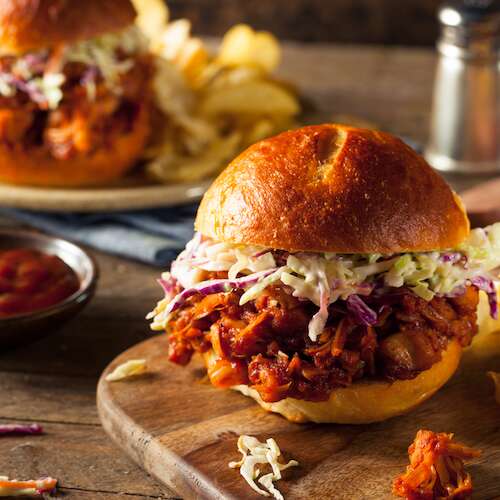
The Complete Guide to Changing Your Dog’s Diet
The nutritional needs of dogs evolve as they get older. It’s important to be familiar with your dog’s health and nutrition needs so you can be giving them the appropriate food and the right amounts. A food that’s great for them in their youth may not be the most appropriate as they age. Read on for a full guide about changing your dog’s diet.
Diet and Life Stage
When dogs are growing, they need a lot of protein, but when they become adults they need less. In fact, senior dogs who eat too much protein can get liver and kidney harm. Protein is just one example of the changing needs of dogs as they age. There are dog food options out there for each life stage, luckily. Puppy options will have tons of protein and carbohydrates, and adult and senior options will have their own balances. Senior dog foods can also come with some necessary supplements like glucosamine and chondroitin, to help with the stiffness that your old dog might be feel in their joints.
Diet and Food Sensitivities
Your doggy might have some symptoms like itchy skin or an upset stomach – if that’s the case it might be down to a food sensitivity. Dogs can react poorly to certain ingredients, even if they’ve eaten it for years without issues. According to Joan Thomspon, a lifestyle blogger at 1Day2write and Write My X, “beef, dairy, eggs, wheat, and chicken are all common culprits for sensitivity. You should try to find a new food that doesn’t include these ingredients. If your vet thinks your dog is sensitive to an ingredient, you’ll have to switch their diet.”
Choosing Dog Food
It’s complicated choosing the right dog food because there are so many options out there. There’s no one right answer for each dog. Like humans, dogs are all individuals and each one will have different dietary needs and preferences. There are also a lot of myths online about dog foods to make matters more complicated. There is a great guide published by the World Small Animal Veterinary Association called “The Savvy Dog Owner’s Guide: Nutrition on the Internet” which helps to identify myths on the internet about dog food. You should also learn how to read pet food labels so you can identify which ones are the best for your dog. That will often include “complete and balanced diet” on the label.
Changing the Diet
When you make the change in your dog’s diet, you want to do it gradually as well as systematically. Transition your dog by switching out only a bit of the old stuff for some new foods in their usual meal. At the next feeding, switch out a little more, and keep doing that over seven days. You should also avoid treats and human food for a minimum of six weeks during a new diet switch. It can take up to 12 weeks to figure out if their new diet is working. If you notice that your dog has new symptoms, you should speak to your veterinarian.
Seven Day Schedule
Here is a great sample seven-day schedule for a food switch:
Day 1: 75 percent old food and 25 percent new food
Day 2: 70 percent old and 30 percent new
Day 3: 60 percent old and 40 percent new
Day 4: 50 percent old and 50 percent new
Day 5: 40 percent old and 60 percent new
Day 6: 25 percent old and 75 percent new
Day 7: 100 percent new
Check Their Stools
One of the best ways to find out if your dog’s digestive health is balanced is to look at the quality of their stools. It’s normal to have minor variations in color and consistency, but major problems can reflect a problem that you need to look at. Tom Rednapp, a health writer at Brit Student and Next Coursework, recommends to “look at a Fecal Scoring Chart online, with the target fecal score being 3-4. If it’s frequently out of range, speak to your vet about your dog’s health.”
It can be tricky finding the best food for your dog, but with the right process and a gradual switch, you can have a successful transition. Be sure to keep monitoring your dog’s appetite, stool, and behaviour, and keep your vet in the loop.
Michael Dehoyos, a writer and editor for PhD Kingdom and Academic Brits, shares his thoughts on different canine and feline situations. He’s a big dog and cat lover and has spent a lot of time volunteering and observing their behaviours. He enjoys helping people with training their furry friends. Michael also writes for the platform Origin Writings.





About The Author: Callumfatweb
More posts by Callumfatweb